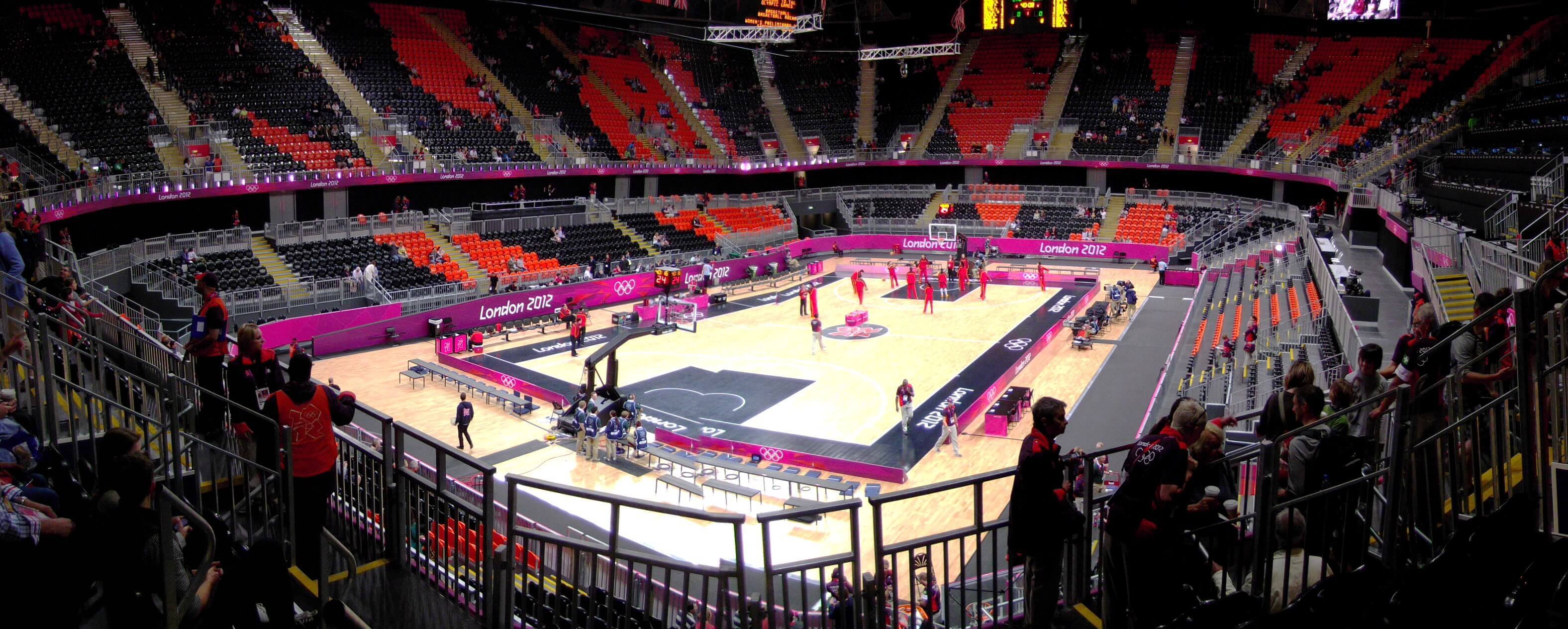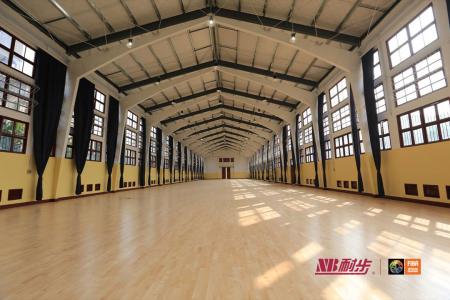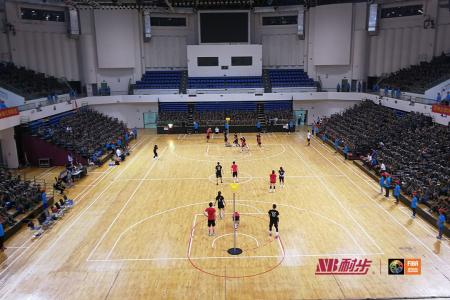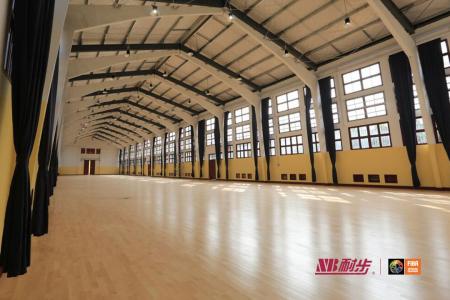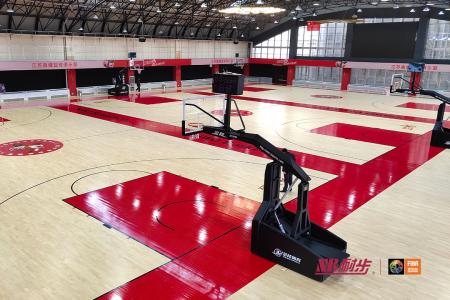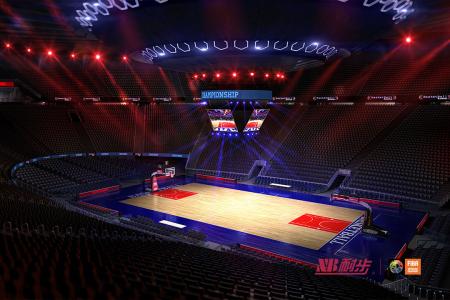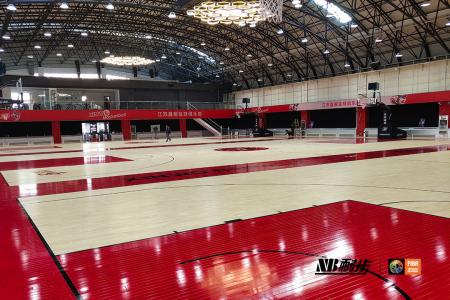Six technical indicators of sports wood floor?

1. Energy absorption: Testing the lateral deformation coefficient of the sports wooden floor is an important criterion for examining the sports wooden floor. It requires that the deformation of the sports wooden floor at a distance of 500m is less than or equal to 15% when the center point is subjected to a certain vertical force.
2. Vibration deformation: test the vertical deformation of the sports wooden floor. It is required that when a certain point is subjected to a certain vertical force, the vertical deformation of the sports wooden floor must be greater than or equal to 2.3mm. This indicator ensures the safety of the user's movement by testing the elasticity and tension of the sports wooden floor.
3. Rolling load: Test the elasticity and recovery of the sports wood floor, that is, the sports wood floor will keep the floor surface flat and without dents after high-density use. When it is required to continuously roll the floor with a heavy wheel of 1500N, the surface will not be damaged. Ensure the durability of sports wood floors, expand the use of venues, and reduce maintenance costs.
Sports wood floor structure
4. Friction coefficient: Test the friction coefficient of sports wooden floor. The international standard is 0.4-0.6. This indicator affects the ability and safety of athletes.
5. Vibration absorption: This indicator tests the most important function of the sports wooden floor - absorbing the impact, forming a buffer, and avoiding the injury caused by the reaction force of the ground when the athlete falls. The index requires that the impulse absorption is greater than or equal to 53%.
6. Ball rebound: The rebound height of a basketball on a sports wooden floor is at least 90% of that of a concrete floor. Meet the fast-paced needs of sports.

